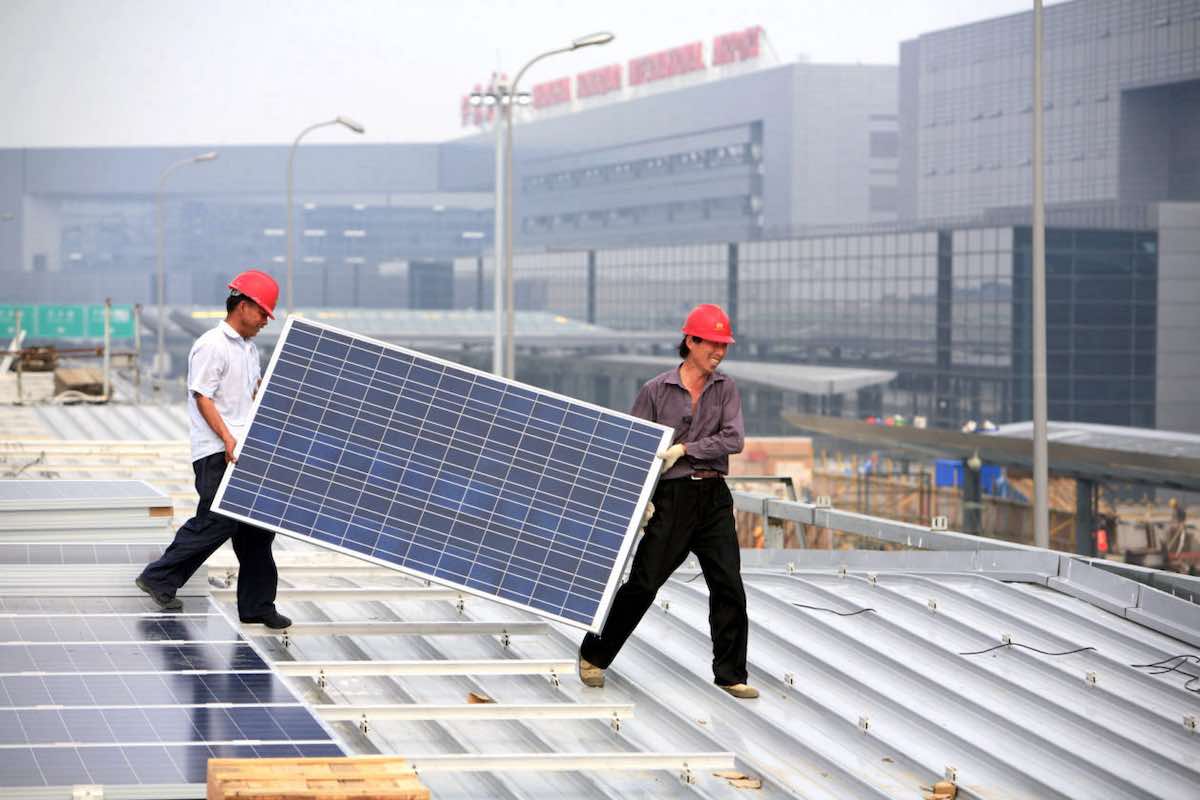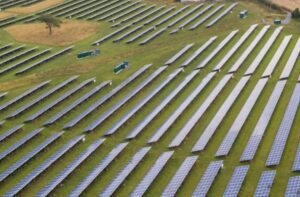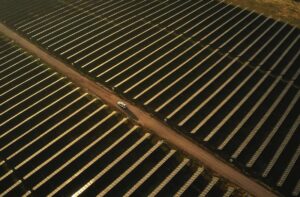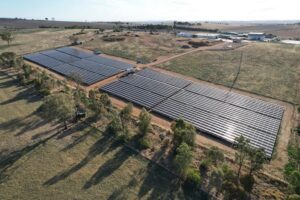The newest technologies for solar panels are bringing with them new ways to fail, and these are causing efficiency declines of as much as 65 per cent, according to a University of NSW researcher.
TOPCon (Tunnel Oxide Passivated Contact) and HJT (HeteroJunction Technology) have overtaken the older PERC (Passivated Emitter and Rear Contact) solar cells because they can last longer and work better in hot climates, although PERC is recognised as having the highest efficiency of the three technologies.
The problem is that, as with any new technology, it takes time for the bugs to be worked out, says UNSW professor Bram Hoex, who led a team researching the unexpected ways in which the new technologies can fail.
And with TOPCon set to be the dominant solar cell technology next year and HJT at number three, knowing their flaws and how to test for them is critical.
They found the front contacts in TOPCon cells, the metal part that collects the electrical current produced by the cell, are very susceptible to corrosion from all kinds of contaminants, but especially water. The metallisation paste used on both sides of HJT cells is also vulnerable to corrosion.
“Unfortunately, once corrosion occurs, it is irreversible and cannot be remedied in the field,” Hoex wrote in an opinion piece.
The thin films used by both technologies are vulnerable to UV light exposure too, although this can be fixed in the field.
Hoex told RenewEconomy that although the research paper found these problems could cause panel efficiency to fall by as much as 50 per cent in a few years, they tested cells from one company which was just dipping its toe into TOPCon modules and saw degradation of 65 per cent.
“That was an eye opener. They were using state of the art cells but not well adapted manufacturing.”
Manufacturing has to be perfect
This degradation all comes down to the manufacturing and production lines.
Changes as small as introducing a material from a new supplier or making a single mistake can create flaws which lead to major problems.
Hoex says the Chinese majors are aware of the issues and are working to address it. But his concern are the smaller companies that are jumping in without the long-term manufacturing testing processes in place.
“One big solar manufacturer told me they spent one year getting this product stable, so if you set it up and don’t have the knowledge to optimise it, you might end up selling products that are unstable,” he says.
And this is a problem the solar industry has seen over and over again, with new technologies.
It takes solar panels a few years to reveal their “hidden secrets” says Smart Commercial Solar managing director Huon Hoogesteger.
“I can understand how that [rapid efficiency degradation] may happen because we experienced a similar effect when Sunpower brought out their back contact panel, where there was no tabbing on the face of the silicon,” he told RenewEconomy.
“We ended up having a whole lot of panels with ionised silicon on the front which effectively rendered the panel useless. And we ended up having to add a positive earthing kit to the panel, which is unusual because normally the earth is negative and you take the earthing to the ground.”
This was in 2009. In 2012 there was a light-induced degradation issue that took some time to uncover, and a delamination issue.
Residential solar panels will be frontline
But where Hoex is concerned about raising awareness of the problems, Hoogesteger is more concerned about who will be left standing to uphold warranties when the problems begin to rear their heads.
“We’re going through a bloodbath on price and and a lot of the small manufacturers are going to disappear. Even the big manufacturers are in a world of pain. The question is: who survive and will they honour their warranty?”
“We can deal with a panel technology issue if the manufacturer honours its warranty.
“It points to a broader issue which is manufacturers releasing products before they know how it works long term.”
And the consumers most at risk, in his view, are residential users first as retailers for that sector are preferring HJT and TOPCon cells as they’re not as bulky.
Test, test, test
Testing for these problems is in its infancy. The industry has methods to test the older model PERC panels, but as yet there are few options for testing the new TOPCon and HJT panels.
“We definitely have to change some of the standard testing, and the industry is working on extended testing and combination testing, so you do stress testing or various stresses back to back,” Hoex says.
Combination testing in particular is important because some of the faults become exponentially worse if they happen in tandem as happens in the field — yet lab testing usually focuses on one at a time.
UNSW is developing rapid testing methods that accelerate failures up to a hundred times faster than traditional accelerated testing used in the photovoltaic industry.
These tests are not only faster but are also tailored based on a deep understanding of the specific failure modes. This approach has already led to the development of effective solutions to combat corrosion-related degradation in both TOPCon and HJT solar cells.








